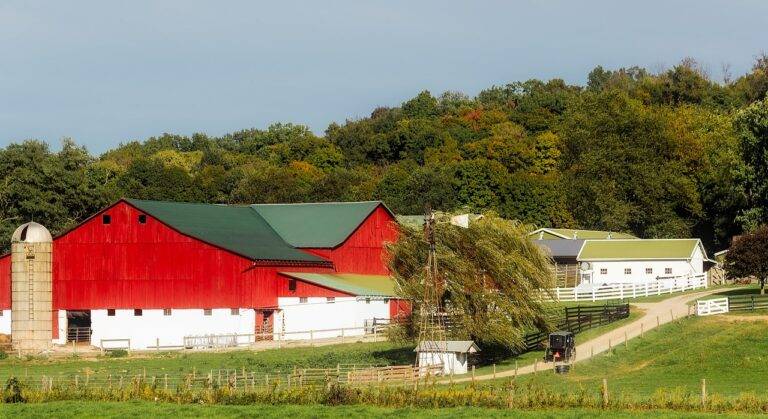Sustainable Landscaping Ideas
Landscaping plays a crucial role in enhancing the aesthetic appeal of properties, but it can also have a significant impact on the environment. By implementing eco-friendly practices in landscaping, such as using organic fertilizers and mulch, homeowners can reduce their carbon footprint and contribute to a healthier ecosystem. These sustainable methods help to preserve soil quality, promote biodiversity, and minimize the use of harmful chemicals that can leach into water sources.
In addition to environmental benefits, incorporating eco-friendly practices in landscaping can also lead to cost savings for homeowners in the long run. By choosing native plants that are adapted to the local climate and soil conditions, less water and maintenance are required, reducing utility bills and labor costs. Furthermore, eco-friendly landscaping practices can increase property value and appeal to potential buyers who prioritize sustainable living choices.
Choosing Native Plants for a Sustainable Landscape
Selecting native plants for your landscaping needs is a key component of creating a sustainable outdoor space. Native plants are well-suited to the local climate and soil conditions, requiring less water, pesticides, and fertilizers compared to non-native species. By choosing native plants, you can reduce maintenance costs and minimize the environmental impact of your landscape.
In addition to being environmentally friendly, native plants also offer numerous benefits for wildlife. These plants provide crucial habitats and food sources for local fauna, supporting biodiversity in your area. By incorporating native plants into your landscape design, you can create a harmonious ecosystem that attracts pollinators, birds, and other beneficial organisms, enhancing the overall health and resilience of your outdoor space.
What are the benefits of implementing eco-friendly practices in landscaping?
Implementing eco-friendly practices in landscaping can help reduce water usage, decrease the need for chemical fertilizers and pesticides, create habitats for local wildlife, and promote overall environmental health.
Why should I choose native plants for a sustainable landscape?
Native plants are well-adapted to the local climate and soil conditions, requiring less water, maintenance, and resources to thrive. They also provide food and shelter for native wildlife, helping to support biodiversity in the area.
How can I determine which native plants are best for my landscape?
You can consult with local nurseries, botanical gardens, or native plant societies to get recommendations on native plants that will work well in your specific area. Consider factors such as sun exposure, soil type, and water availability when choosing plants.
Will using native plants in my landscape require more maintenance?
Generally, native plants require less maintenance than non-native plants because they are already adapted to the local conditions. However, proper care and maintenance are still important to ensure the health and longevity of your landscape.
Can I still use non-native plants in my sustainable landscape?
While native plants are ideal for promoting biodiversity and sustainability, you can still incorporate a few non-native plants that are well-suited to your local climate and do not require excessive resources for maintenance. Just be mindful of their water and maintenance needs.







